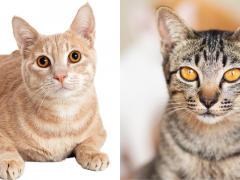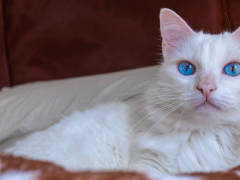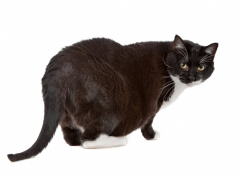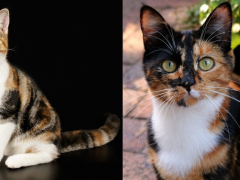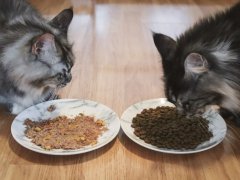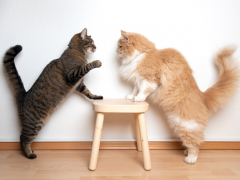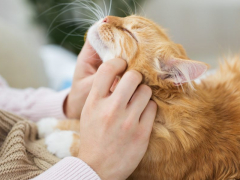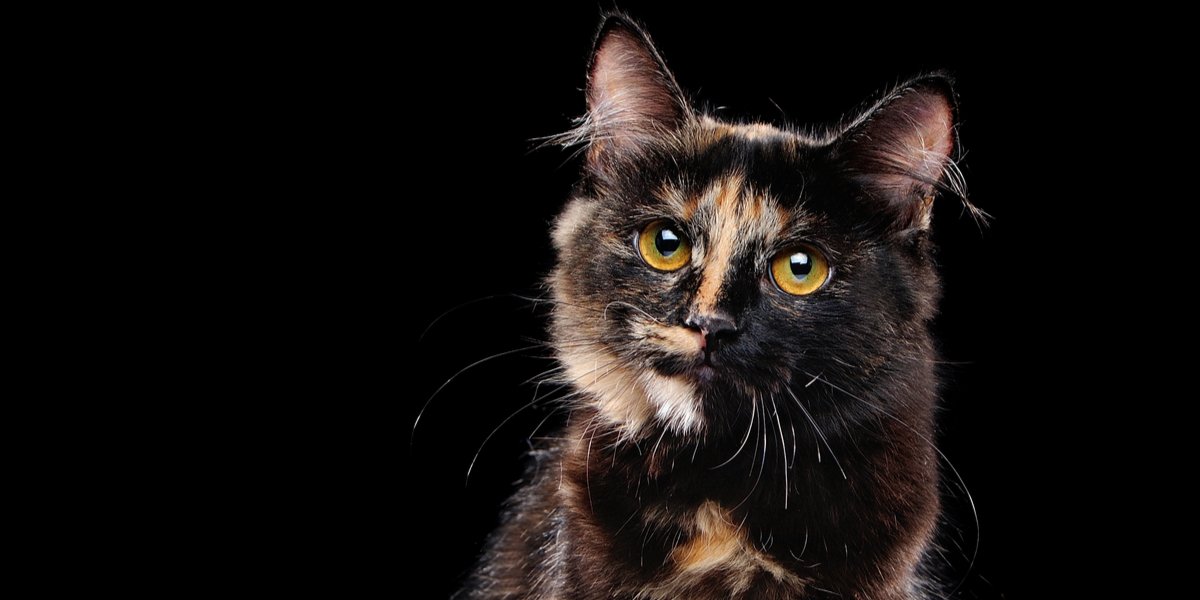
Tortoiseshell (tortie) and calico cats are both common coat colors and patterns that appear almost always in females. The names tortoiseshell and calico are often confused, and it is easy to understand why.
Both of these patterns apply to a multi-colored cat that might consist of brown and orange, black and orange, grey and cream with relatively little to no white markings. While a tortoiseshell coat might not have any white at all, a calico coat always contains white.
These coat color patterns can occur in random-bred as well as purebred cats with either long or short coats.
In this article, we will explain the differences and similarities between the tortoiseshell and calico cat.
What Are Tortoiseshell Cats?
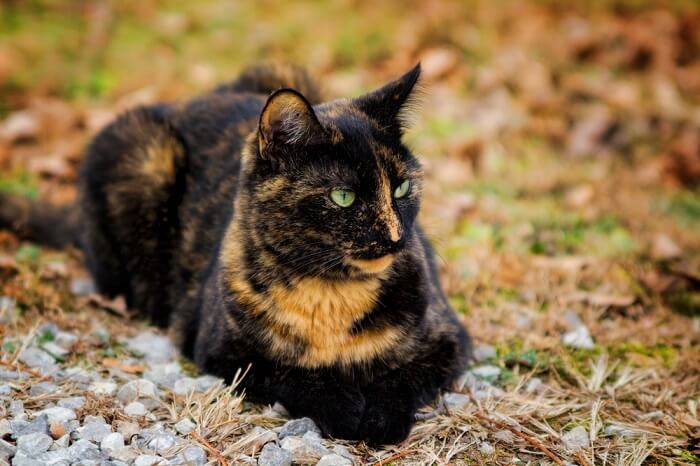
Tortoiseshell cats are almost all female. In the rare event that a tortoiseshell cat is a male, he is usually sterile.
Tortoiseshell is not the name of a breed, but a description of a color pattern that can appear in cats of many different breeds and mixes. By definition, a tortoiseshell cat is a feline with a coat that resembles the mottled or particolored shell of a tortoise. Tortoiseshell cats are almost exclusively female. In the rare event that a tortoiseshell cat is a male, he is usually sterile.
Tortoiseshell coats show up in many different purebred domestic cats, as well as in non-purebred cats. Traditional tortoiseshell cats are a blend of deep orange and black colors. “Dilute” tortoiseshell cats are a lighter gray and orange rather than black and orange. Because torties are not a specific breed of cat, their overall coloring usually appears brindle.
A chimera coat describes a tortoiseshell cat that is one color on one side of its body and a different color on the other side. This can occur on the face or throughout the entire body. In either case, their coat may be a healthy mix of dark black or chocolate, with shades of ginger, red or orange color mixed in.
A tortoiseshell cat has a reputation of having a distinct, strong personality and feisty attitude, a phenomenon commonly referred to as “tortitude.”
What Are Calico Cats?
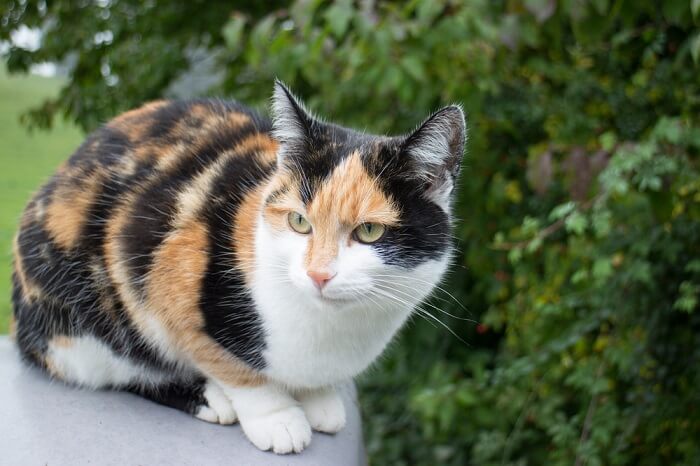
The calico cat coat can come in a wide variety of coat patterns, and no two are alike.
Calico is not the name of the breed but a description of a color pattern that appears in many different cats. Mainly female, a calico cat is fairly easy to recognize because of its orange, black and white patterned coat. The calico cat coat can come in a wide variety of coat patterns; like fingerprints, no two are alike.
Traditional calico cats have large piebald type white, orange and black patches. “Diluted” calicos have gray rather than black in their coat coloring. Calico cats can also be called tortie-and-white, tricolor, torbie or piebald cats.
Differences Between Tortoiseshell and Calico Cats

The main difference between tortoiseshell and calico cats is the existence of white in the coat. Tortoiseshell cats only have two types of colors, black and orange (or gray and orange in the dilute version), with no white.
A calico cat has an extra gene present for piebalding, which results in white or unpigmented areas on the body of the cat. This may show up as a white-colored cat with few colored patches or an entirely colored cat with few white patches on his coat. A calico always has three colors: white, black and orange (or white, grey and orange in the dilute version).
Similarities Between Tortoiseshell and Calico Cats
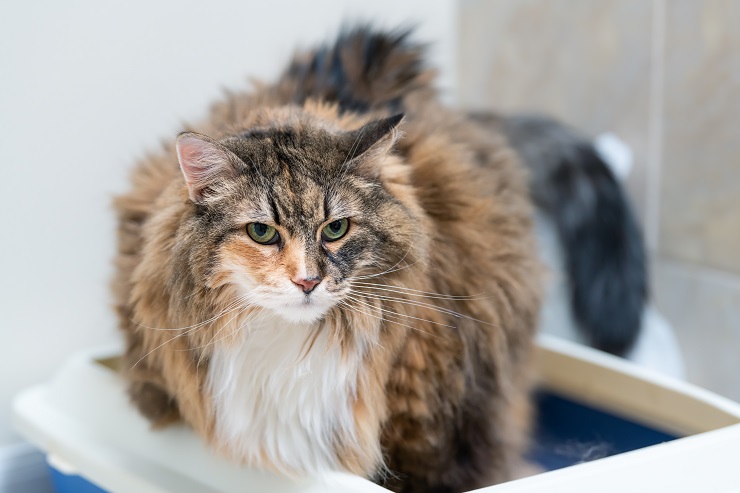
Tortoiseshell and calico cats have some notable similarities, one being that almost all of them are female. The black and orange color pattern seen in tortoiseshell cats and the tri-color pattern seen in calico cats is delivered via the X chromosome. Two of these X chromosomes are needed to produce either of these specific coats, which is why most tortoiseshell and calico cats are females.
In addition, tabby markings are frequently found in both tortoiseshell and calico cats coats. The tortoiseshell or calico tabby cat is basically a tri-colored cat with traditional tabby cat stripes, and may contain spots of red or orange fur.
Both tortie cats and calico cats are known for being extremely independent and frisky. Calicos are usually considered a little more friendly while tortoiseshells are known for their no-nonsense attitudes.
Tortoiseshells and calicos have similar lifespans of around 15 years, on average, and are both beloved and common house cats to keep either inside or outdoors.
How They Get Their Pattern

Almost all tortoiseshell and calico cats are females and have two X chromosomes—one for orange (XO), one for black (XB).
As mentioned, almost all tortoiseshell and calico cats are females. They have two X chromosomes, one for orange (XO), one for black (XB). They only pass one of those on to the next generation.
Males, however, have one Y chromosome and one X chromosome, which is either orange (XO) or black (XB). When and if a male tortoiseshell or calico cat is born, it’s because he inherited an extra X chromosome, XXO or XXB, which is very rare. These male cats are known to have health issues, like aortic valve diseases and frail bones.
Here is more of an explanation about how it works:
- Female XO + Male XO = orange
- Female XO + Male XB = mixed orange+black pattern
- Female XB + Male XO = mixed orange+black pattern
- Female XB + Male XB = black
In addition to these chromosomes, the XX female code is the most usual. However, the male should have an extra Y chromosome (XXY) to have a tortoiseshell or calico color pattern. The black and orange cat pigment gene is attached to the X chromosome. This is how an orange tabby kitten with tort and calico coloring appears.
Cat Breeds
One thing to understand about both the tortoiseshell and calico cat is that neither is technically considered a breed of cat. The tortoiseshell and calico cat description is used to categorize the coat color and pattern of each.
Some cat breeds do contain these patterns in their breed standards, like the Maine Coon or Japanese Bobtail, which can display the calico coloration. Both the tortoiseshell and calico coat patterns have become somewhat noteworthy, and some people use the names to refer to the type of cat rather than the specific breed.
Here are some breeds with tortoiseshell or calico markings:
Tortoiseshell

Calico
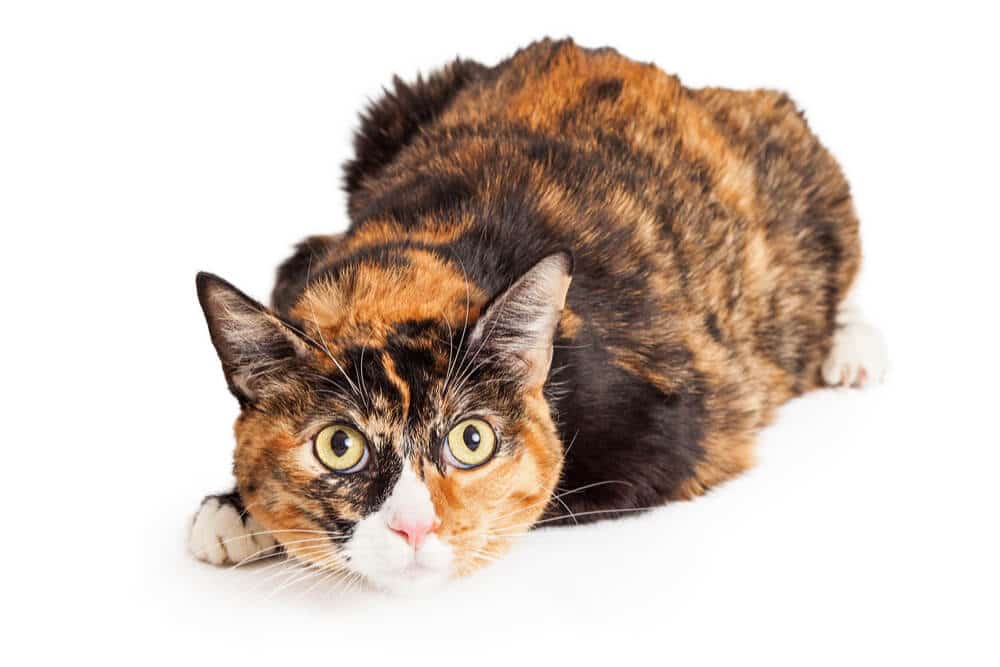
Because calico cats are not a breed unto themselves, calicoes will have unique and varied personalities influenced by a wide range of factors.
- American Shorthair
- Arabian Mau
- British Shorthair
- Exotic Shorthair
- Japanese Bobtail
- Manx
- Norwegian Forest Cat
- Persian
- Siberian
- Turkish Angora
- Turkish Van
Are Tortoiseshell and Calico Cats Rare?
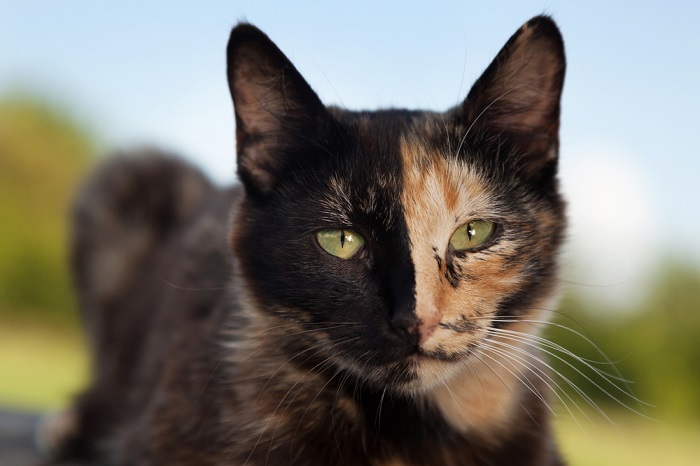
Yes, and these color patterns are even rarer in the context of males which only occur in one in every 3,000.
Females may be seen more often in different breeds. Both the orange color and black cat pigment genes must be present to result in a tortoiseshell or calico cat coat.
Final Thoughts

Tortoiseshell cats are orange-and-black cats resembling the body patterning of a tortoise, while calico cats have three colors in their coat (orange, black, and white). The terms tortoiseshell and calico are mainly used to signify the color patterns of the cat’s fur and are not considered a breed.
Tortoiseshell and calico cats are usually females, while male cats are very rare and usually sterile. In either instance, these cats are considered to be good luck for their respective owners.
Frequently Asked Questions
Is tortoiseshell the same as calico?
No, the two names refer to two coat colors. Calicos have a three-color coat combination in white, black and red-orange. Tortoiseshells lack the white and have a black-and-orange mottled coat.
Can tortie cats have white on them?
No. Traditional tortoiseshell cats are primarily black, red and orange with brown mixed in. There are also dilute tortoiseshell cats with less intense coloring due to genetics and even chocolate tortoiseshell cats with much darker fur.
